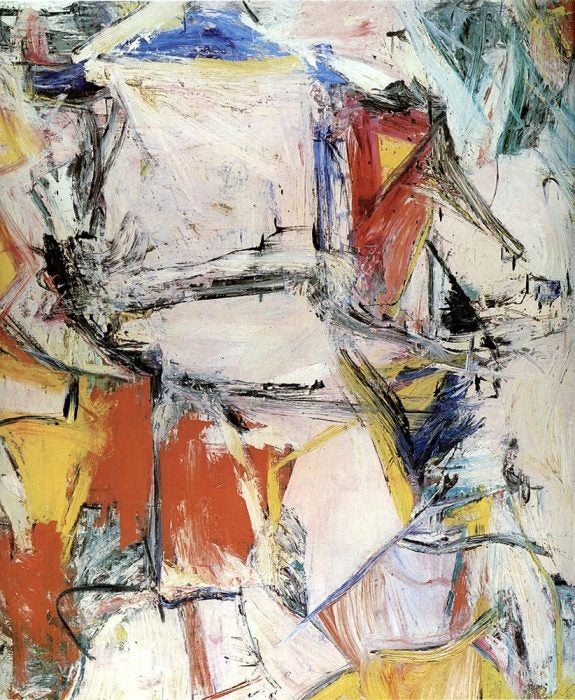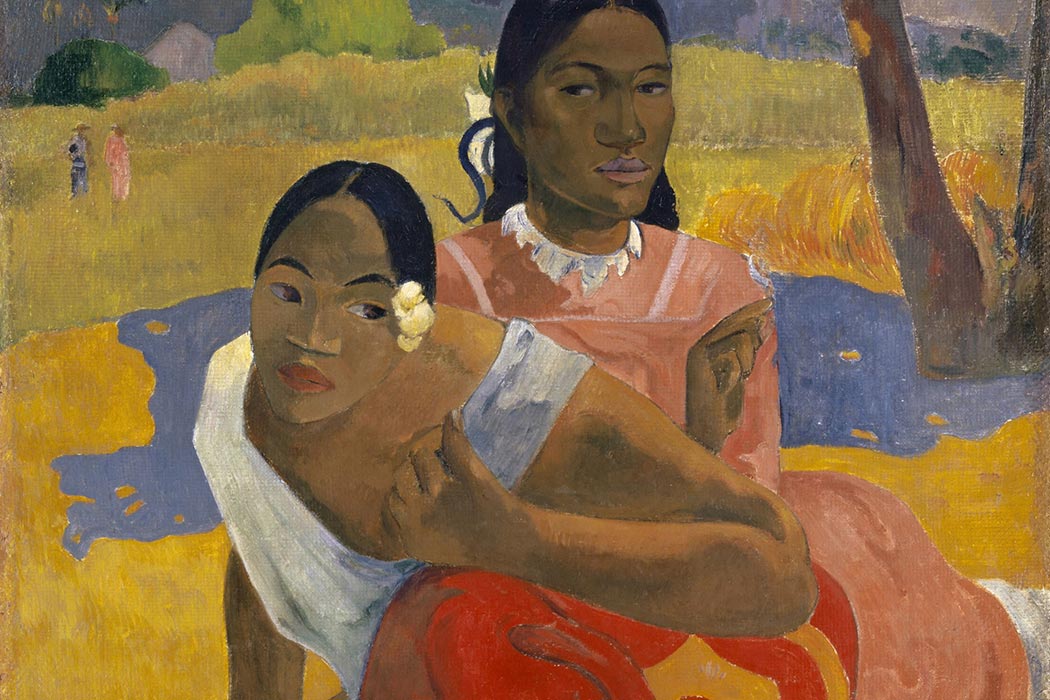Christie’s spring art auction this year featured a sculpture of Hitler—made with materials including human hair—selling for $17.2 million, and a lithograph of a Mona Lisa with a mustache and goatee bringing in $1.2 million.
To outsiders, art auctions can seem like a parody of bizarre spending by wealthy people. Writing in Winterthur Portfolio in 2008, John Ott explained how they got that way, starting in the late nineteenth century.
Ott writes that in order to understand the origins of art auctions, we need to look at the art collectors of the Gilded Age. In the years after the Civil War, corporate entrepreneurs rose in the transportation, finance, real estate, and heavy manufacturing industries. As the workers in these sectors adopted a unified class identity through an increasingly militant labor movement, their employers also came to think of themselves in class terms.

James F. Sutton and Thomas B. Kirby, proprietors of the American Art Association, crafted every aspect of their 1880s auctions to fit this new elite identity. Unlike previous art sales, which were advertised with unillustrated pamphlets, the AAA published catalogs that ran for hundreds of pages, featured full-page illustrations, and sold for as much as $23—an astonishing price at the time. The auctions themselves were nighttime society affairs at Chickering Hall, a location known for fancy concerts, that attracted some of the richest people in the country. The AAA charged a fee just for admission to the auctions, and front-row seats were reserved for artists, rich connoisseurs, and the socially connected.
The cost of participation in the auctions was not just money but also leisure time. To participate in an auction, elite collectors had to study the pieces being sold and cultivate a knowledge of the art markets so they could make split-second decisions about their bids. Buyers were also expected to understand auction etiquette. Rather than calling out a bid, they used subtle signals like raising an eyebrow or rubbing their chins.
“The auctions in Chickering Hall assembled and defined a kind of art lover’s fraternity,” Ott writes, “Complete with its own secret rituals, which flattered members and ostracized nonmembers.”
Sutton and Kirby also emphasized the elite nature of their auctions through their choice of the art they featured. Many were French paintings featuring tranquil and content members of the lower class. Ott writes that these pieces encouraged American industrialists to identify with the European aristocrats who owned the estates where the happy peasants worked, and also with the contemporary French elites who had collected the paintings before they were purchased for sale in America.
“Through the AAA, then, industrialists imported not just paintings but also strikingly hierarchical concepts of social class that had been largely foreign to Americans before the Civil War,” Ott writes.
Today, the elite nature of major art auctions remains, even if some of the items on sale at major art auctions are a lot stranger than pretty paintings of French peasant girls.







